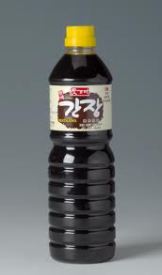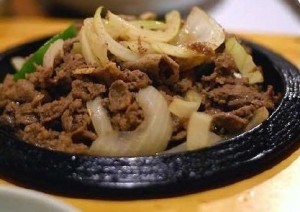Hello Koreanmasterchef readers. Today I want to introduce you to “Samgyetang (Chicken soup)”.
Korean chicken soup is unique because it’s tastes, history, and expensive ingredients. Many Koreans enjoy Samgyetang in specific days in summer. “Chobok(early summer)”, “Jungbok (mid-summer)”, “Malbok (end of summer)”, which Koreans believe to be the hottest and most sultry of the year.
Food with high nutrient content is eaten to regain the loss of stamina in the summer heat. Samgyetang is the favorite dish among Koreans during summer times. Samgyetang has lots of proteins, minerals, and hormones from the whole chicken mixed with the beneficial properties of the ingredients combined in the dish makes it a revered culinary item in South Korea.
Ingredients
1) 1 Chicken
2) 2 Ear shells
3) Korean Ginseng or just Ginseng
4) 2 cups of Ruin
5) 1 onion
6) Sweat rice 200 millimeter which soaks, Water 2 liter. *Soak it.*
7) Chives
8) Garlic’s
9) Salt, and some spices (you can put it, if you want to.
How to cook?
First, get a huge pot.
Second, put all the herbal medicine and chicken into the pot.
Third, boil it more than one hour. (Try poking the chicken with pork, If there is no blood coming out you can enjoy your food.)
Thank you for reading Koreanmasterchef. I advice you readers to try this recipe, but I advise you to first, try “Samgyetang” in famous Korean restaurant. Thank you. ^^




































